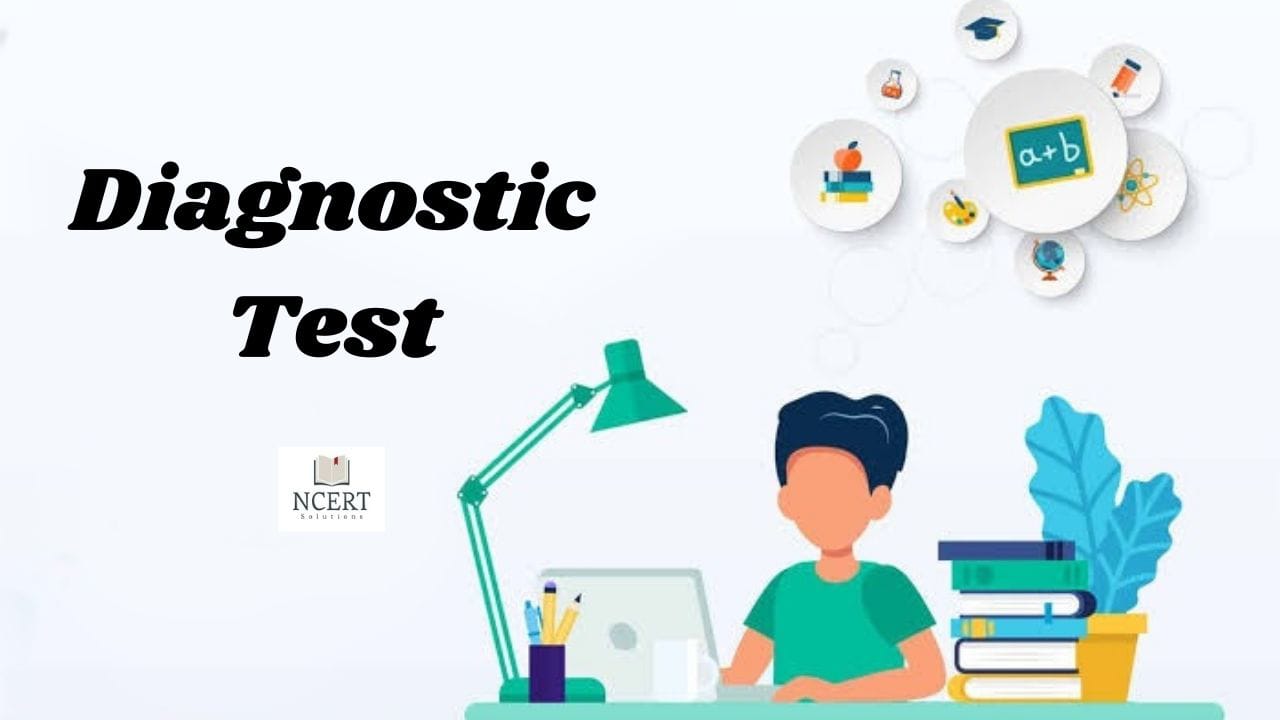A diagnostic test in education is a specialized assessment tool used by teachers to identify students’ learning difficulties, academic gaps, and cognitive weaknesses. It plays a crucial role in personalizing learning by identifying what each student struggles with, before instruction continues.
This article explains what a diagnostic test is, its types, importance, and how it benefits teaching and learning.
What is a Diagnostic Test in Education?
The word “diagnosis” originates from the Greek term “diagnōsis”, which means to distinguish or discern. In education, a diagnostic test refers to an assessment administered before teaching a topic to determine what students already know and where they face challenges.
It is not graded for performance, but rather used to guide remedial instruction.
Key Features
- Conducted before teaching a unit or lesson.
- Includes objective-type, true/false, fill-in-the-blank, or short-answer questions.
- Identifies individual weaknesses.
- Helps in remedial teaching planning.
Definitions by Experts
- Gud: “Diagnosis means to determine the nature of the problems and deficiencies related to learning.”
- Mercell: “Teaching in which special efforts are made to diagnose the specific problems of the students is called diagnostic testing.”
- Gur and Braffy: “It is the process of diagnosing the specific nature of the problems of the students in teaching-learning and carefully checking their answers.”
Types of Diagnostic Tests in Education
Diagnostic tests can be categorized into the following types:
1. Observational Diagnosis (Inspection Method)
Teachers observe students individually or in small groups and ask probing questions to assess learning difficulties. Useful in primary education or special education settings.
2. Formal Diagnostic Tests
These are structured assessments with multiple-choice or short-answer questions, designed to pinpoint gaps in knowledge across subjects like Math, Science, and Language.
3. Interviews and Surveys
Verbal or written interviews that help understand emotional, psychological, or social issues affecting learning.
4. Cumulative Record Analysis
A review of students’ academic and behavioral history to identify patterns in learning difficulties.
Why is Diagnostic Testing Important?
| Benefit | Description |
|---|---|
| Personalized Teaching | Helps teachers modify lesson plans according to student needs. |
| Early Detection | Identifies issues before they become long-term problems. |
| Improved Academic Outcomes | Allows targeted remedial interventions. |
| Feedback Loop | Acts as feedback for both student and teacher before starting new content. |
| Reduces Learning Gaps | Ensures no student is left behind. |
Real-World Example
A teacher in Grade 6 administers a Math diagnostic test before starting fractions. Results show that 8 out of 30 students struggle with basic division. The teacher revises division concepts before proceeding with the main topic.
Limitations of Diagnostic Tests
- Time-consuming to conduct and analyze.
- May not capture emotional or behavioral challenges unless combined with interviews.
- Requires trained educators to interpret results effectively.
Conclusion
Diagnostic tests are powerful tools in the modern educational system. While they may take extra effort and time, the insights they provide are invaluable for effective teaching. By using these tests strategically, educators can ensure inclusive, responsive, and student-centered learning.
FAQs
Q. Is a diagnostic test graded?
No, it’s not used for grading but for identifying problems before teaching.
Q. What subjects use diagnostic tests?
They are common in subjects like Math, Language, Science, and Reading Comprehension.
Q. Who benefits from these tests?
Both teachers and students. Teachers plan better; students get help where they need it most.




